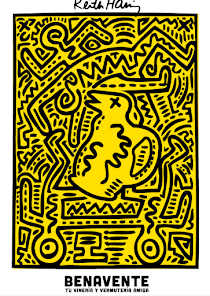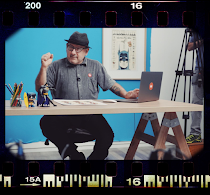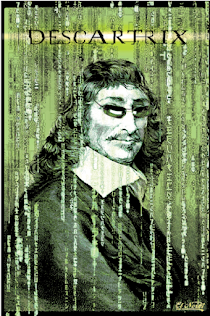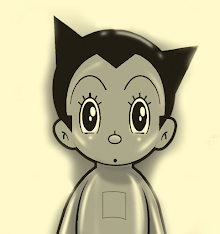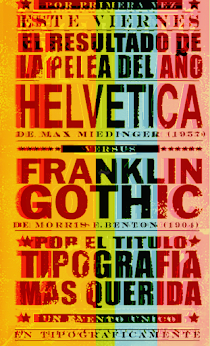Is photojournalism as a career dead?
(Por Richard Emblin) The immediacy of amateur photography taken during the tsunami was one of the most powerful tools which helped the world stand up and take notice. We have come a long way since the advent of photography and photojournalism, when only a select, educated few, armed with Rollei and Leica cameras, could register the news. From the grainy images of D Day and the liberation of Europe with the lens of Robert Capa in Normandy, the powerful black and white images of the destruction of Hiroshima, thanks to the bravery photographer W. Eugene Smith, or the vivid Kodakchrome pictures of the war in Vietnam of LIFE photographers. Who are our modern day 'messengers' of news? How can we trust the scource of a picture, when we don't know who is behind the camera. More and more, image fraud, and image manipulation is invading our newsrooms. Who can tell whether that powerful picture from the war in the Midddle East actually did exist?. Or is it a creation of a photographer under pressure to get the picture in an age of declining salaries and job insecurity. Picture fraud and manipulation were big problems during the coverage of the invasion of Iraq.
So have we finally regained the 'moment' in a photograph (which Cartier Bresson so eloquently wrote about and captured with his images of daily life in France), ironically with our amateur competitors?. Are the real photojournalists of the present those same global voyeurs in search of adventure and so-called humanitarian 'tourism'?. Is photojournalism as a career dead, and we don't want to accept it. Do we have no need for photographers anymore when everyone in our 'global village' is a potential lens, and storyteller?
The answers to these many question depends on how we as a society start defining what is 'news' and what really impacts our lives. In a digital age of ipods and mobile pornography, cell phone cameras and blogs, the search for truth and ethics in photography has to be stricter now, than ever before. The entire news industry around the world in a state of transformation and photography if we are not careful, could become its first big casualty.
Richard Emblin es editor de Fotografía del diario El Tiempo, de Bogotá, Colombia. Las imágenes de Emblin pertenecen a un fotorreportaje que realizó en Cartagena de Indias, en el Colegio del Cuerpo, en una de las barriadas más pobres del lugar. En este lugar más de un 60% vive por debajo de los índices de pobreza.
También:
>> Digital photography vs. Photojournalism


